- I/O boards
- Basically OK, but...

4
·
Average

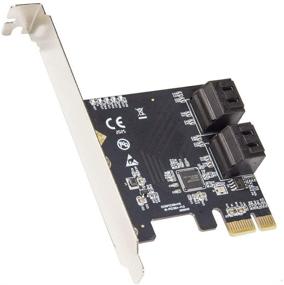
| Brand | IO CREST |
|---|---|
| Hardware Interface | SATA 6.0 Gb/s, PCI Express 3.0 |
| Item Dimensions LxWxH | 2.5 x 4.5 x 0.75 inches |
| Item Weight | 0.12 Pounds |
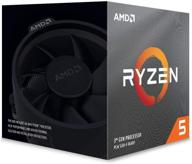
Unleash High-Performance with AMD Ryzen 5 3600XT Processor & Wraith Spire Cooler

223 Review
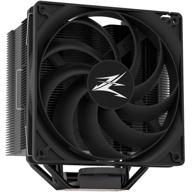
Zalman Performa Performance Powerful Included

172 Review

🚀 Upgrade Your PC with TP-Link Archer T5E WiFi Card - Dual Band Wireless Network Card for Gaming and Streaming on Windows 10, 8.1, 8, 7 (32/64-bit) with Bluetooth 4.2 Support

83 Review
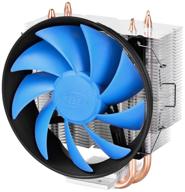
Deepcool GAMMAXX 300 CPU cooler, silver/black/blue

166 Review

Zalman Performa Performance Powerful Included

172 Review
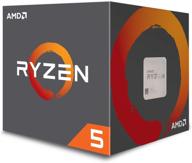
🔋 Power Up Your Gaming Rig with AMD Ryzen 5 2600 Processor with Wraith Stealth Cooler - YD2600BBAFBOX

116 Review

Deepcool GAMMAXX 300 CPU cooler, silver/black/blue

166 Review
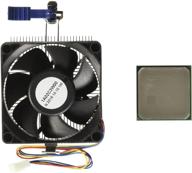
💪 AMD FD6300WMHKBOX FX-6300 Black Edition: 6-Core Processor with Unparalleled Performance

134 Review
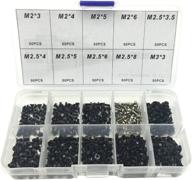
Comprehensive 500pcs Laptop Screw Kit Set for 🔩 IBM HP Dell Lenovo Samsung Sony Toshiba Gateway Acer

12 Review
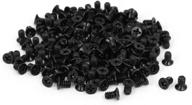
uxcell 3.5" HDD Screw Black 200pcs for Computer PC Case - Flat Phillips Head - 6#-32 - Hard Drive Fasteners

10 Review
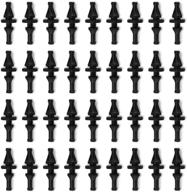
36-Pack Black Rubber PC CPU/Case Fan Screws/Rivets Set for Computer

11 Review

🔧 Premium Repair Replacement Screws & Tools for MacBook Pro Retina 15"/13" - Complete Bottom Case Set

10 Review